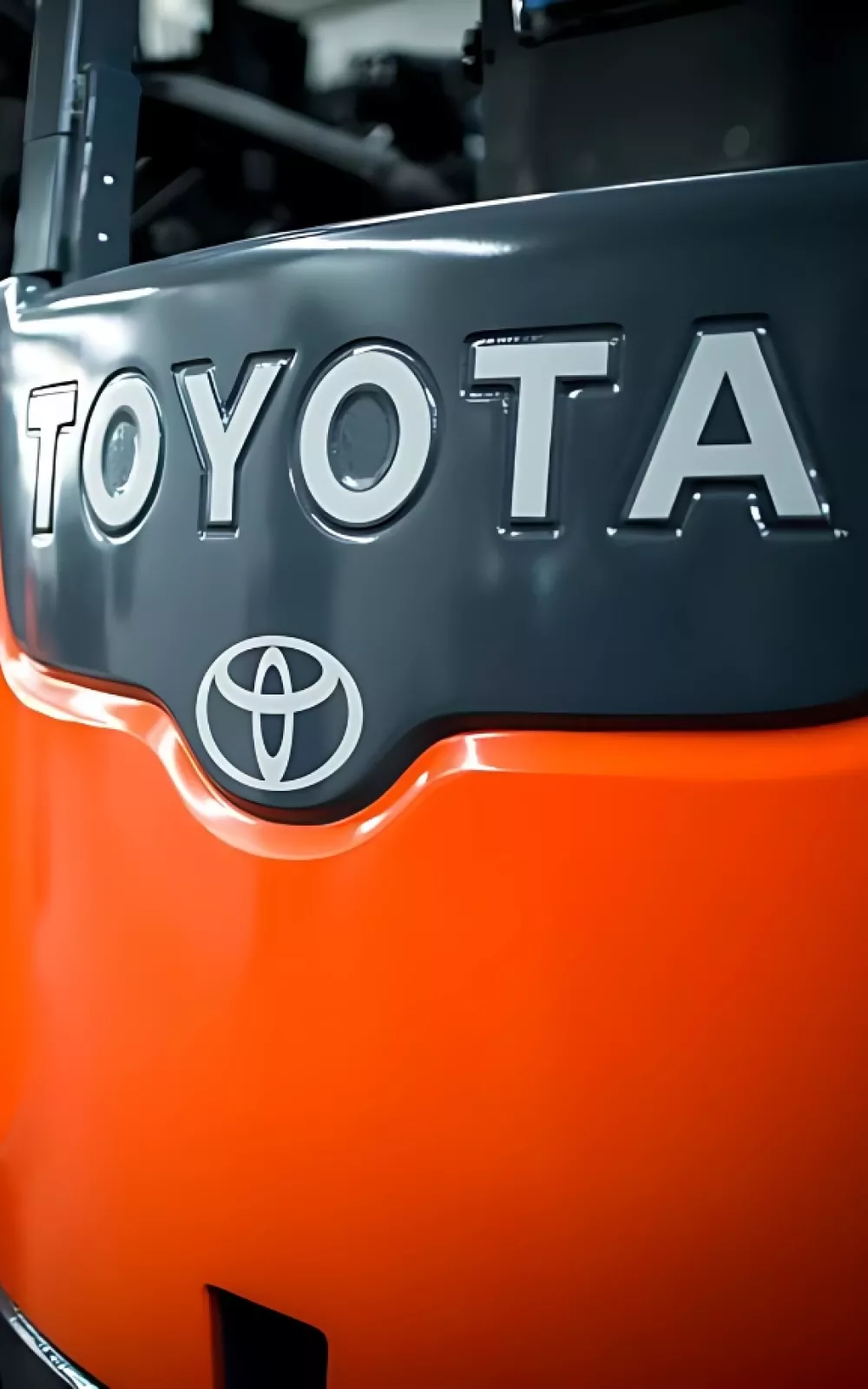Rent
ProLift offers daily, weekly, and monthly rentals. Find the right equipment for maximum productivity and safety.
Let us know how we can assist you! A ProLift specialist will connect with you to help with your material handling needs.
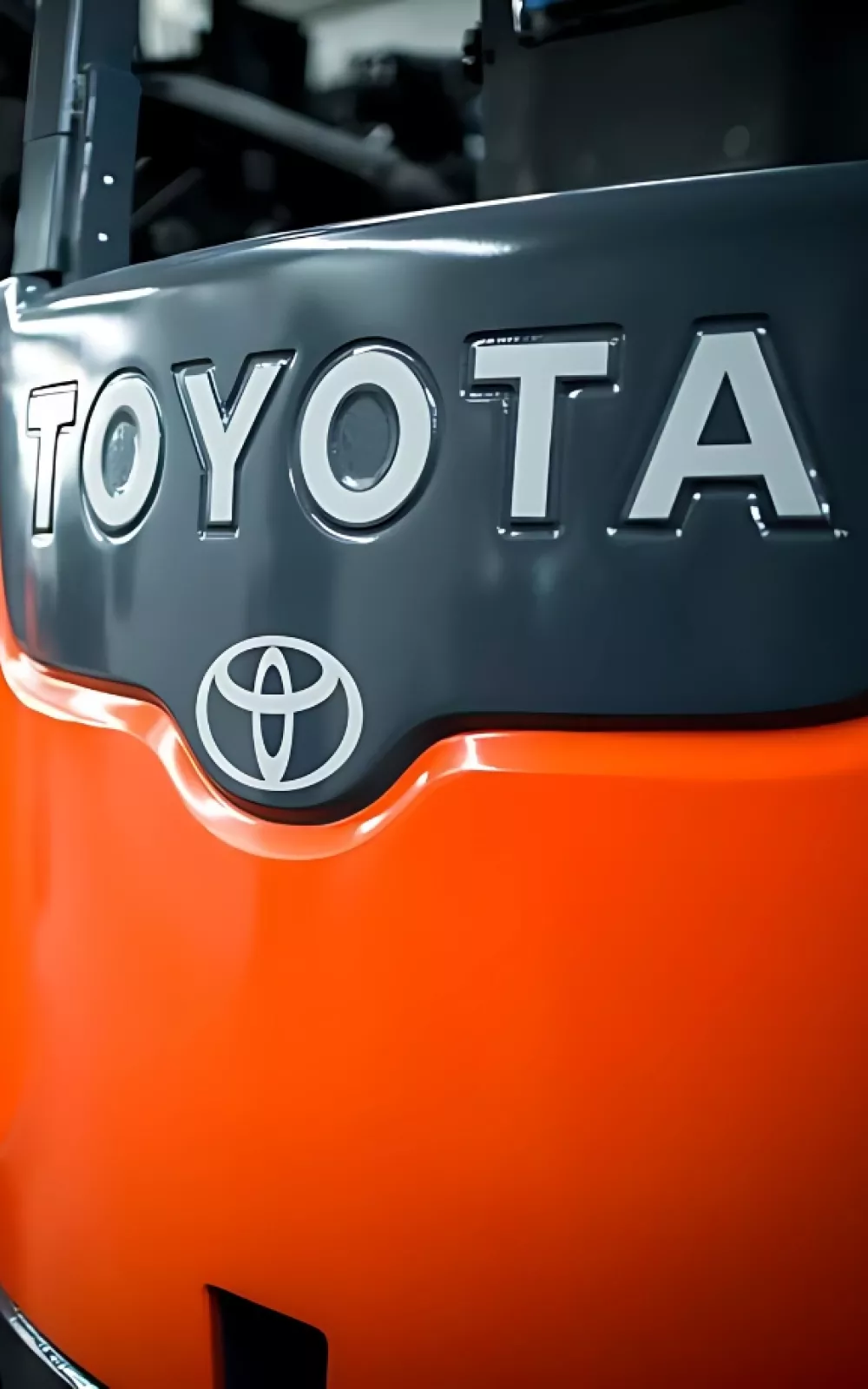
Keep your forklift running smoothly with regular brake inspections and replacements. Learn how proper maintenance can enhance safety, reduce downtime, and extend the life of your equipment. Explore key tips and insights to ensure your forklift brakes are in top condition and avoid costly repairs.
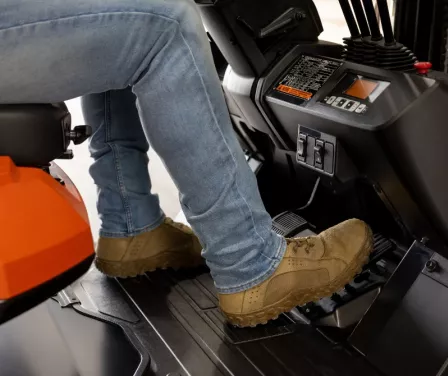
Before every work shift, forklift operators are required to perform a pre-shift inspection. One item of focus is the brakes. Malfunction of the forklift brakes can result in serious damage, injury or death, making regular inspection a must.
While an operator’s inspection is limited, basic functionality checks are essential. The brake pedal should not sink to the floor and must provide enough resistance to ensure a safe stopping distance. Additionally, the parking brake should be strong enough to hold the forklift on a 15 percent grade.
Forklift brakes can average 5,000 – 7,000 hours during their lifetime. This range of hours is affected by the driving patterns in the warehouse. For example, if an operator drives longer distances without obstacles or stacking loads, the brakes will incur less usage.
Newly installed forklift brake shoes and drums have smooth surfaces. During usage, debris and dust create ridges on the brake shoes. If caught early, these ridges can be smoothed out; however, if the brake damage has gone too long, these ridges transfer to the brake drums. Once the drums are damaged the complete brake system must be replaced.
Companies can stay proactive with regular brake maintenance. Every 250 hours, brake dust should be blown out, and at 2,000 hours, a more thorough inspection is recommended. During this detailed inspection, a technician should check the brake drums by pulling them for a closer evaluation.
The most common reasons for early forklift brake failure include riding with a foot on the brake, forgetting to release the parking brake, aggressively braking by not allowing time to slow the forklift, and damage to the hub seals or wheel cylinders, which covers brake shoes and drums with oil.
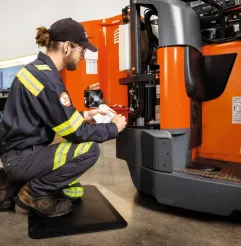
When you need help installing a part, count on ProLift for expert forklift service and repair, with a guaranteed 4-hour response time.
Forklift brakes may feel aggressive to the operator, especially when not carrying a load, as they are designed to stop the forklift with a full load. Since the brakes rarely heat up, condensation can form, leading to rust or brake dust buildup, making them more intense after sitting overnight. Brake squeals or noises are common but don’t always indicate an issue. It’s important to note that forklifts differ from cars, with most forklifts having only two-wheel brakes and no advanced systems like power brakes or anti-lock mechanisms.
This brake system consists of a drum, shoes, and hydraulic wheel cylinders, similar to the rear brakes of most cars. It’s also the most commonly used brake design on forklifts.
Disc brakes consist of a rotor, a mechanical, hydraulic or air-operated caliper and friction pads. This type of brake is common on the front axle of most automobiles and used in some forklift applications.
Discs, similar to transmission clutches, are located inside the drive axle and are cooled and lubricated by transmission fluid or axle oil. Hydraulic pressure is applied to the friction disc packs to slow down the drive axles. One major advantage of wet brakes is that they rarely need replacement.
Air brakes use compressed air pressing on an actuator to apply the mechanical force to the brake shoe or pad. Air brakes are used in larger heavy vehicles. These systems require an engine-driven air compressor and air pressure is tightly governed.
The forklift uses hydraulic oil, powered by an engine-driven pump, to drive hydraulic motors at the wheels. When no drive is requested, oil flow stops, creating a natural braking effect as the oil can't exhaust from the wheel motors. This braking system is commonly found in some forklifts, many aerial lifts, and primarily in construction equipment.
Electric forklifts and other electric drive systems use magnetism in the drive motors to slow the motor armature by reversing direction (e.g., switching from forward to reverse). This process allows for a controlled braking effect without relying on traditional friction-based braking systems.
Maintenance programs are an ideal strategy to ensure forklift brakes are regularly inspected for wear and replacement. Contact ProLift to meet with a sales consultant for a site visit and complimentary quote.
ProLift is your one-stop shop for dock and door, forklift, and industrial battery maintenance. Contact us today to be connected with a sales consultant.
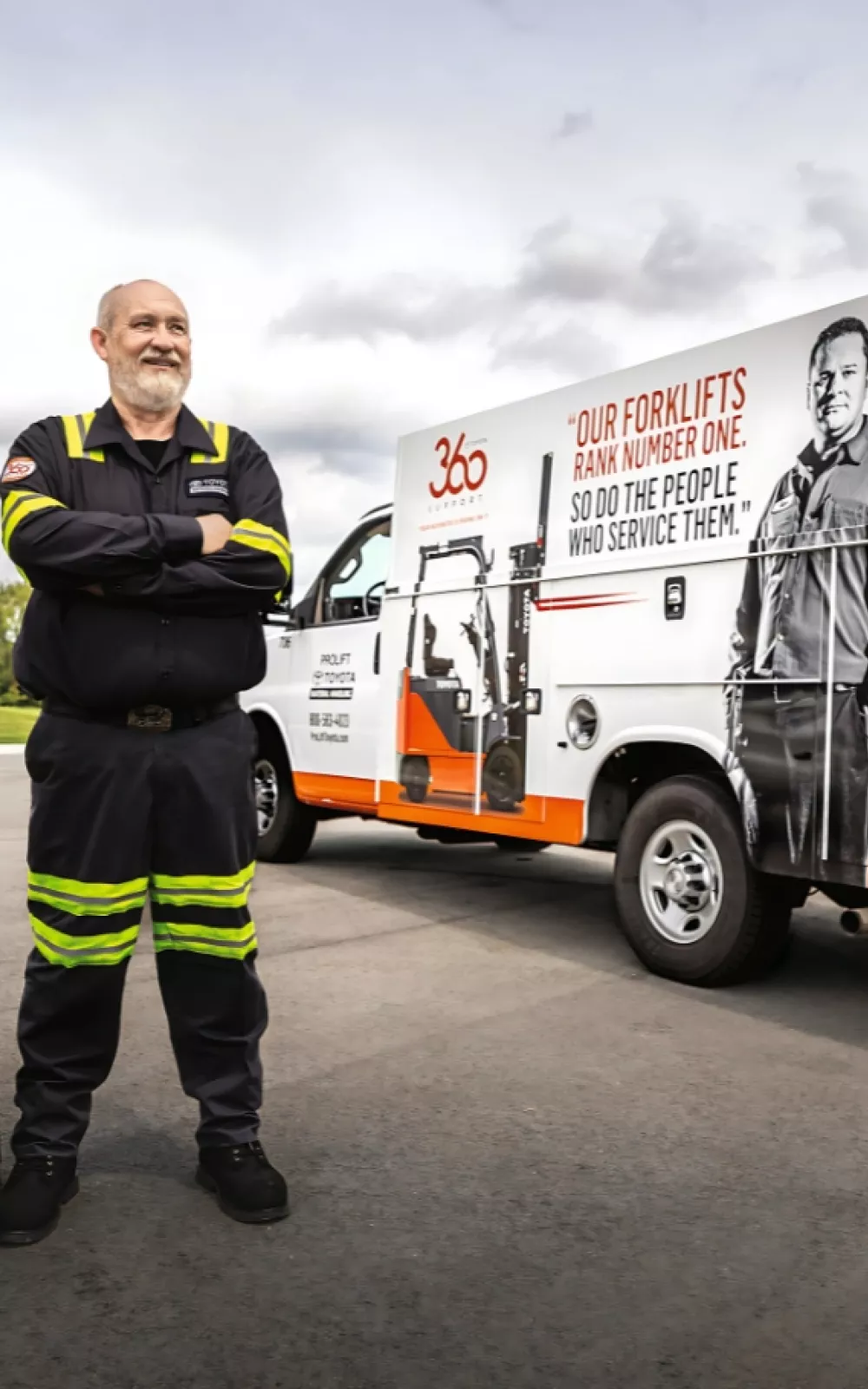
Let us know how we can assist you! A ProLift specialist will connect with you to help with your material handling needs.
